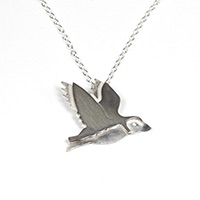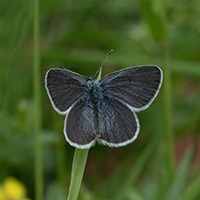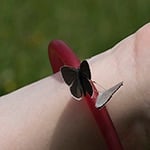The Staffordshire Hoard at Birmingham Museum
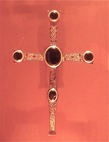
The Saxon Hoard, found in Staffordshire in 2009 is the largest collection of gold that has been found from this period and is still undergoing research and conservation. It consists of mainly artefacts connected to war such as sword hilts, coverings for knives, helmets etc with a few crosses and some unknown items. Many of the pieces are broken suggesting they had been ripped off something, maybe after a battle. If any of you have read Bernard Cornwell's series about Uhtred, an Anglo Saxon bought up by the Danes, you will realise what a dangerous time this was to live in and why you might bury your treasure or loot from a battle.
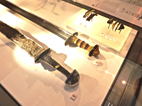
Although the pieces are broken you can still marvel at the amazing craftsmanship and techniques used are applicable to jewellery. One of my favourite pieces was the stylised seahorse which used the filligree method, which is soldering lengths of twisted wire to a base plate. Its a couple of inches long but at Birmingham Museum there was an interactive table where you could enlarge a picture of a piece and it showed a video of how it might of looked when whole.
Staffordshire Hoard 1 from Anita Peach on Vimeo.
theres lots more to tell but if you are really interested I urge you to see it for yourself. The Hoard is on tour and you can find out more at www.staffordshirehoard.org.uk
